While making Python-related projects, i always get the problem of display, for system info/debug info/human interacting.... show all the info via UART to computer screen is a way, but not convenient especilly in real projects. so i designed these boards.
Another consideration for this , i got mad when i prepare some basic class for kids, about python, using the nodeMCU :
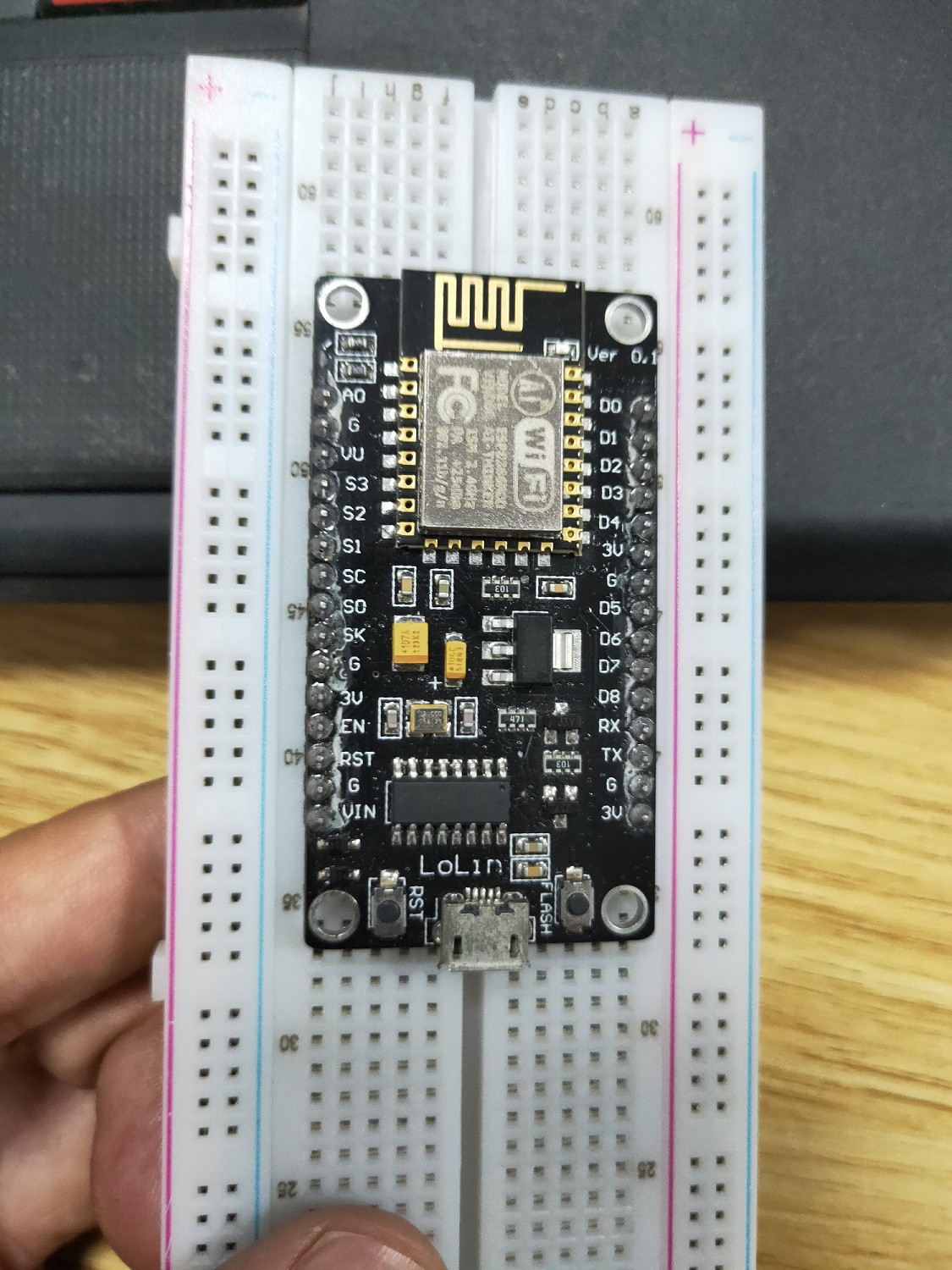
The sellers told me that the board is "breadboard compatible", tell me, how should i insert the wires? they even no one tile for me to insert my wires....
 Makerfabs
Makerfabs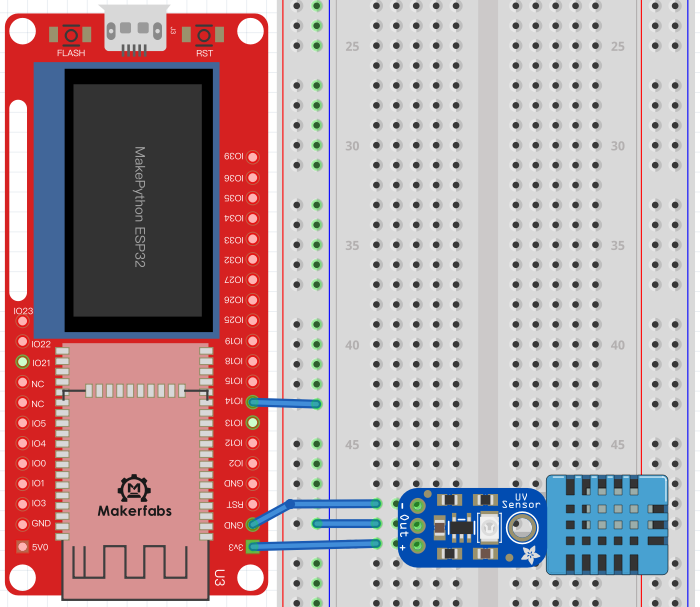
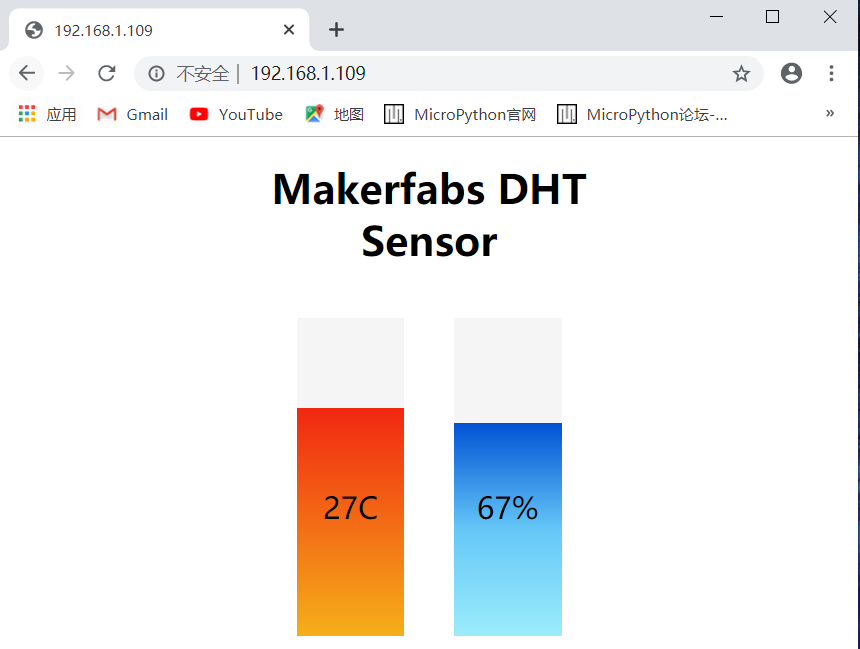



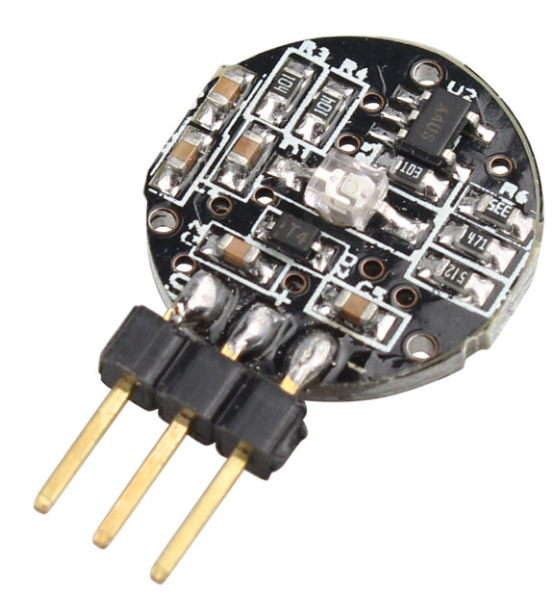
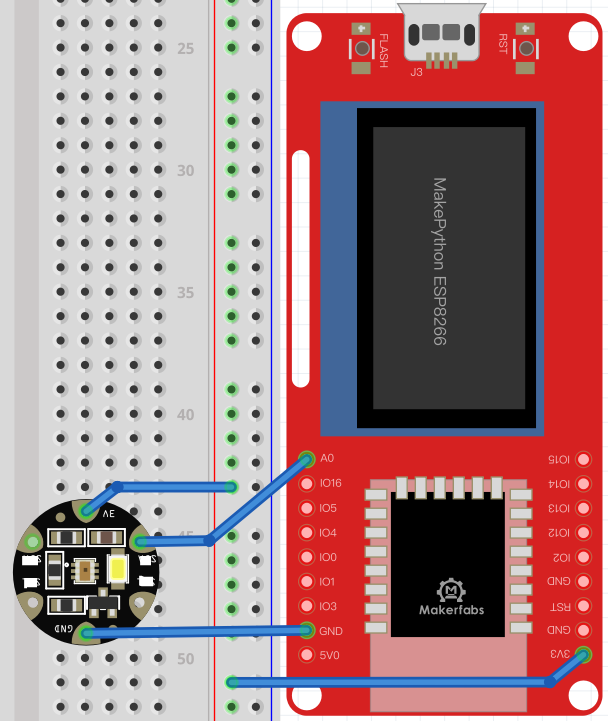
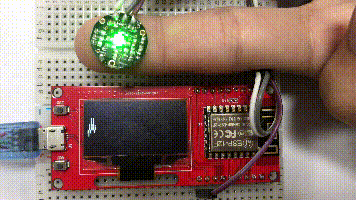

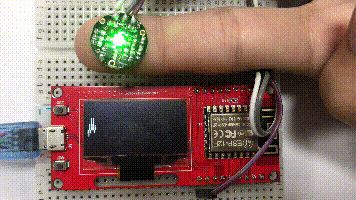
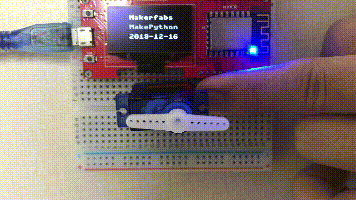
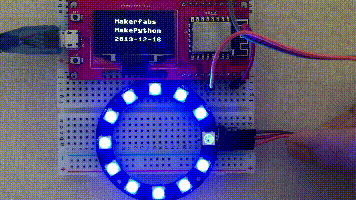

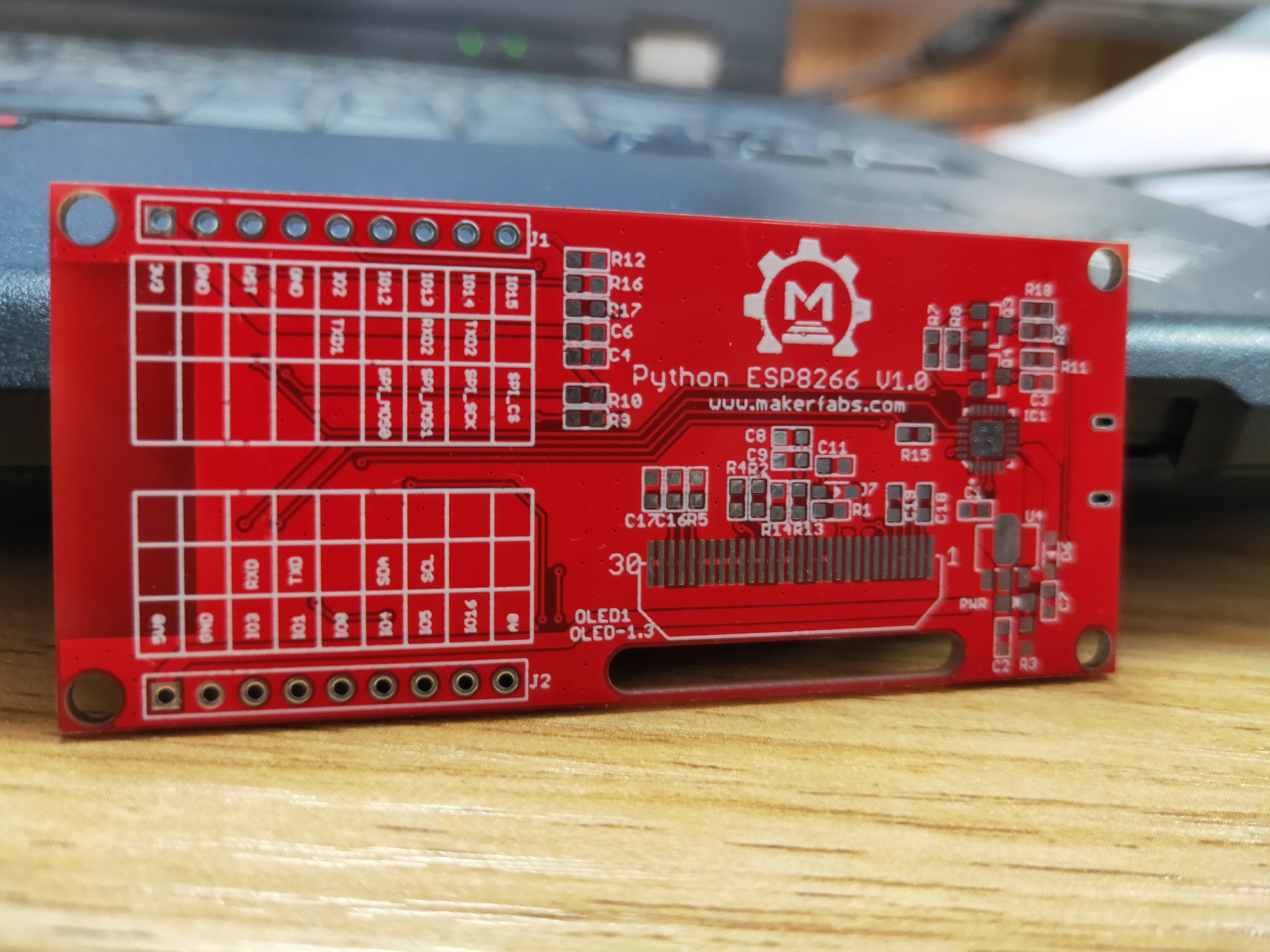
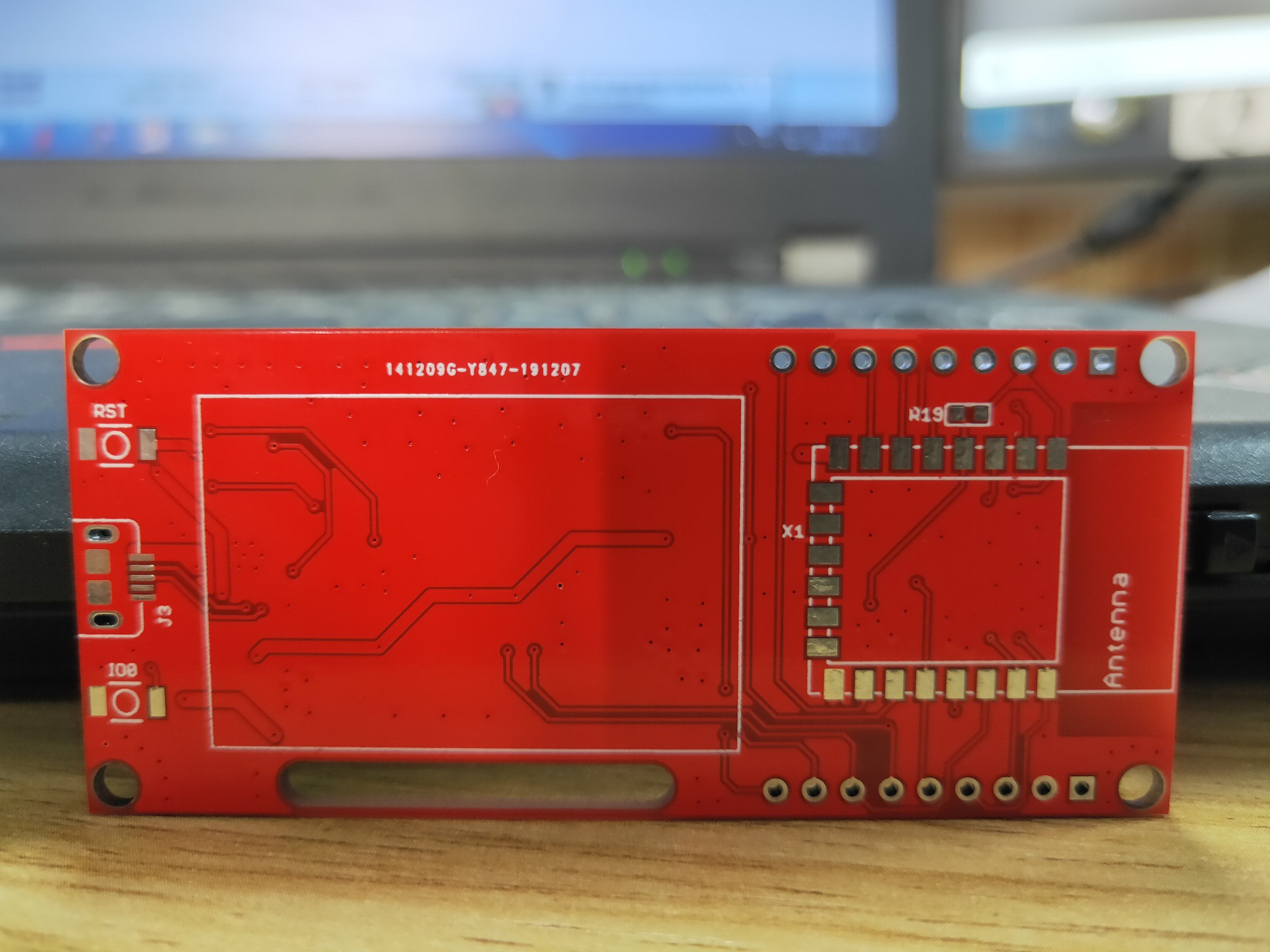
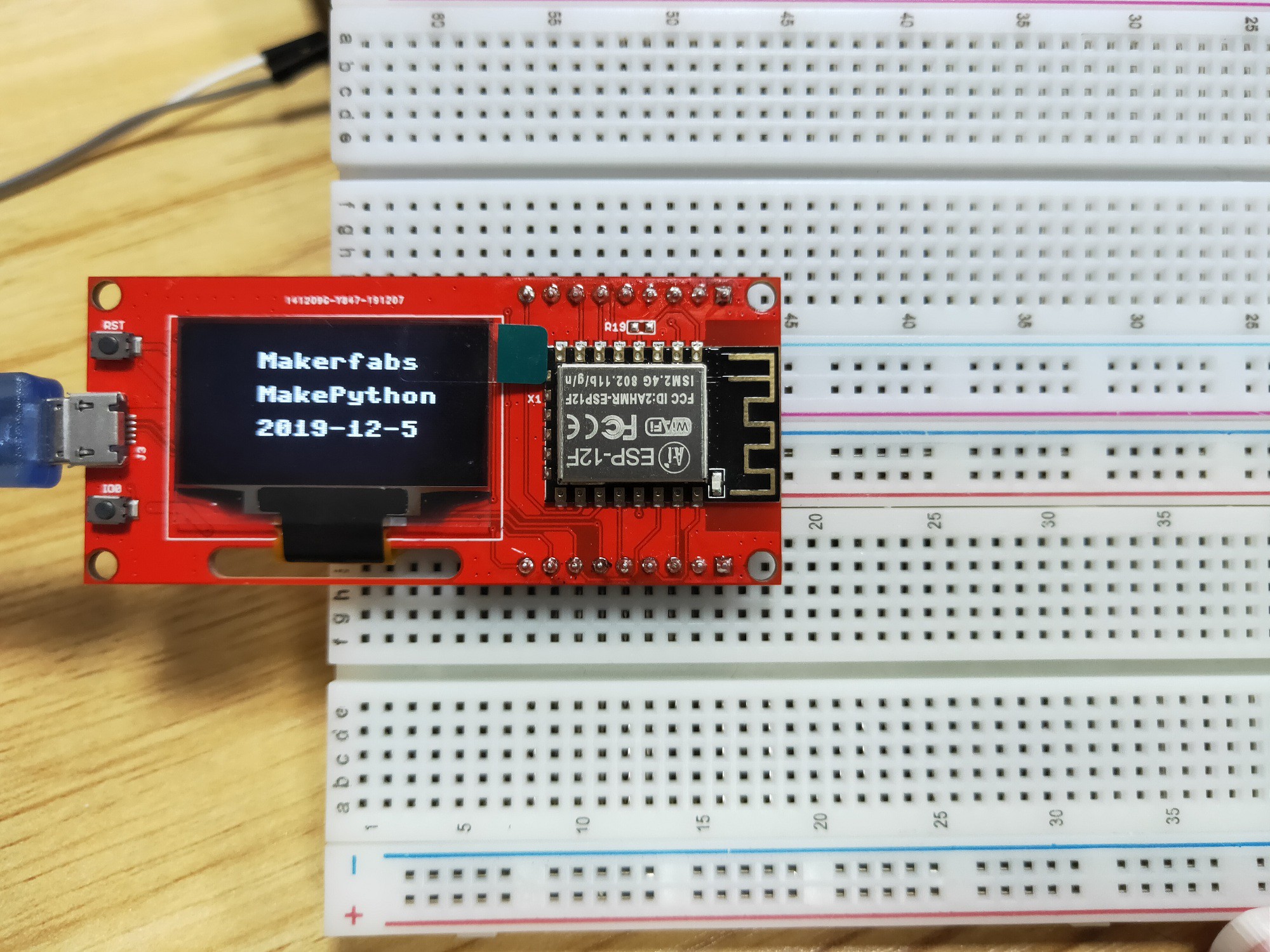
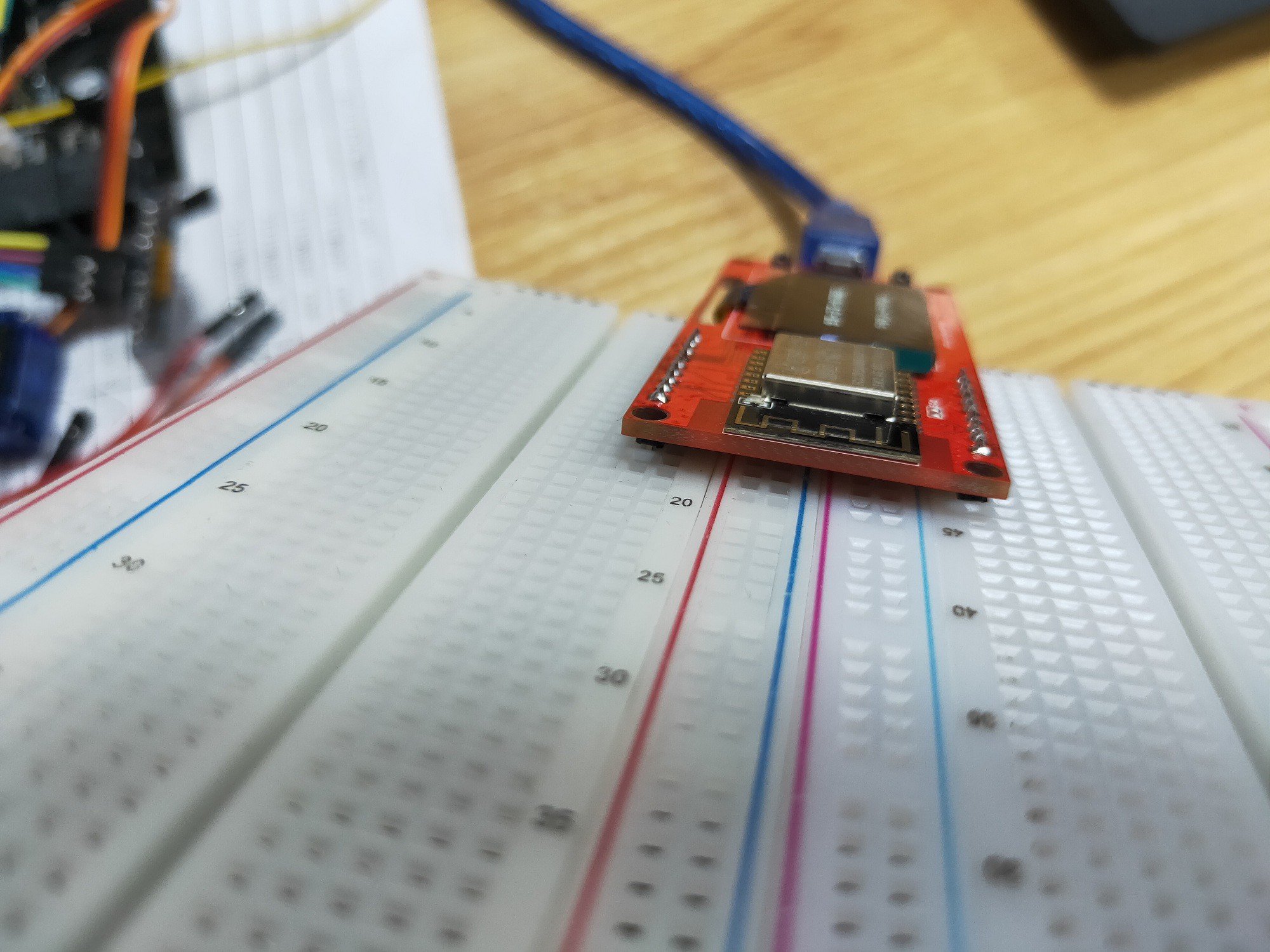
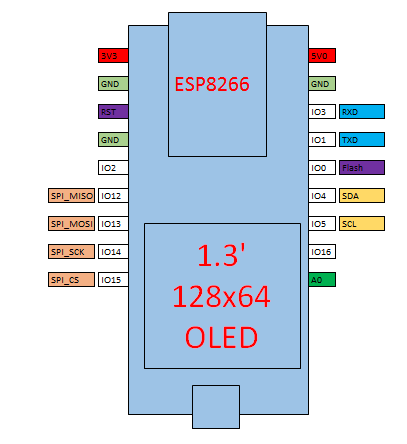


Ah yes, join the club. I too discovered that some of those narrow breadboards are not wide enough for some modules but were designed for ICs or narrower breakouts. Have you tried joining up two breadboards broad side, they dovetail together, and then have the module straddle two breadboards? Then you may encounter another problem, the module is not wide enough. In which case you just have to get a wider breadboard.